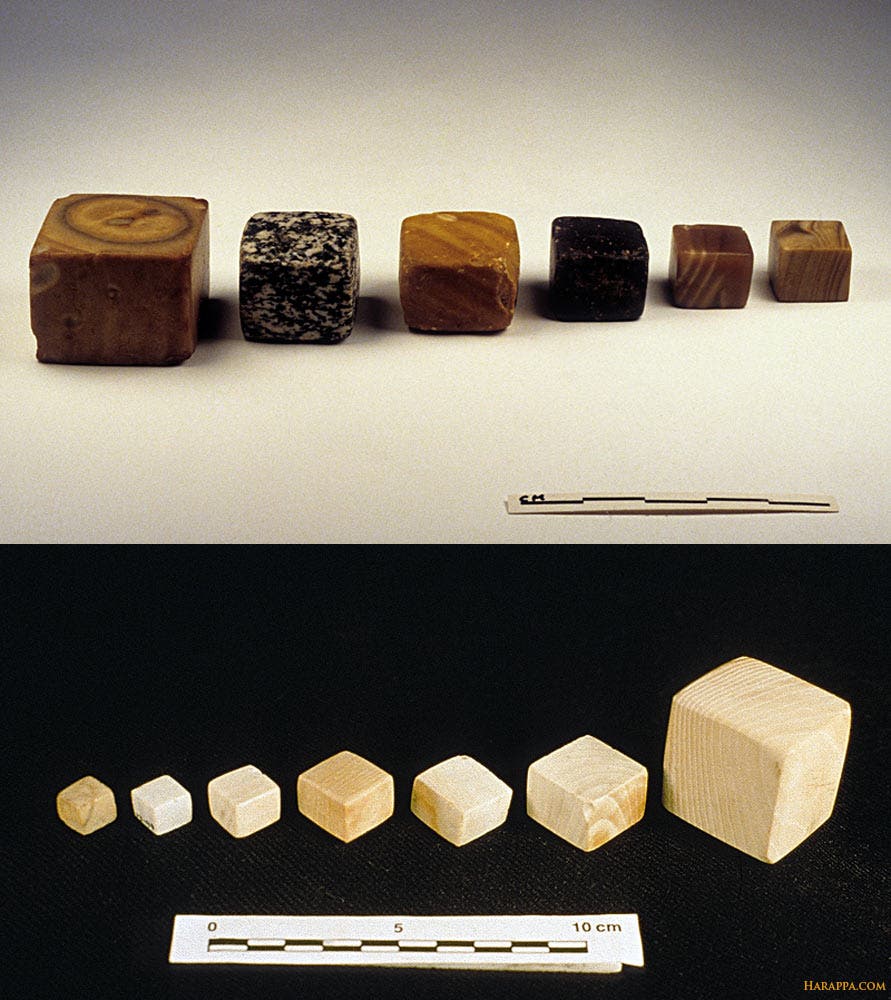Ancient people throughout Western Eurasia built surprisingly wide-ranging trading networks as far back as the Bronze Age, new research shows. Judging by the systems of weights in use throughout the area, these networks formed self-regulating markets without the need for centralized authority.

Shopping today is a very clear-cut activity: we know exactly how much items weigh, how much they cost, and a whole range of other facts about them. This information is meant to guide us to the best purchases for our needs, and help ensure nobody swindles anybody else (for the most part).
However, our ancestors didn’t have this luxury. For the longest time, in fact, concepts like ‘money’ or ‘weight’ were only applicable on a local scope, and the people one village over might use different ones from yours. Or so we believed. New research at the University of Göttingen comes to show that although they were still imperfect, people were already using standardized weight systems to trade goods in Bronze Age Western Europe. The findings point to a much higher level of sophistication of ancient markets than was so far assumed.
Weightwatching
“With the results of our statistical analysis and experimental tests, it is now possible to prove the long-held hypothesis that free entrepreneurship was already a primary driver of the world economy even as early as the Bronze Age,” explains Professor Lorenz Rahmstorf from the Institute for Prehistory and Early History, University of Göttingen, corresponding author of the paper.
For the study, the team analyzed different units of weight that emerged in different regions from Western Europe to the Indus Valley during the Bronze age (between 3,000-1,000 BC, roughly). In total, 274 balance weights from 127 sites were used. Overall, with the exception of those from the Indus Valley, new but very similar units of weights gradually appeared westwards from Mesopotamia (the historic region west of the Indus Valley).
One of the hypotheses that the team tested first is that these new weight systems were attempted — but flawed — copies of a single, pre-existent system that was already in use in the Mesopotamia region. Towards this end, they modeled the creation of 100 new units, considering factors such as measurement error. It proved to be likely, with the data supporting the single-origin hypothesis — but it also suggests, based on the differences between these systems and the one in use in the Indus Valley, that the latter probably developed its weight system independently.
What’s most exciting about these results are their implications, the authors note. If people during this time intermingled and traded to a sufficient degree to create, essentially, a common weight system (although imperfect, given its local variations), then they were likely also able to react to local price fluctuations on a regional level. In other words, markets in Western Europe were taking their first steps towards globalization even by this time.
Since all the weight systems developed west of Mesopotamia by this time were very similar, a merchant could in theory travel from any point to another over this area without needing to change their set of weights. Trade with foreign partners would likely be performed by approximating the conversion rates between different weight systems.
Another striking implication is that these systems developed organically. There were virtually no centralized authorities west of the Aegean (Black Sea) by this time, no central banks to dictate what weights to use when trading. The emergence of similar systems was thus an example of global trade networks self-regulating from the bottom up.
It’s astonishing to think that merchants were engaging in and profiting from long-distance trade even thousands of years ago, without modern conveniences such as phones, the Internet, credit cards, or cars.
“The idea of a self-regulating market existing some 4,000 years ago puts a new perspective on the global economy of the modern era,” says first author Dr. Nicola Ialongo, University of Göttingen “Try to imagine all the international institutions that currently regulate our modern world economy: is global trade possible thanks to these institutions, or in spite of them?”
The paper “Bronze Age weight systems as a measure of market integration in Western Eurasia” has been published in the journal PNAS.









